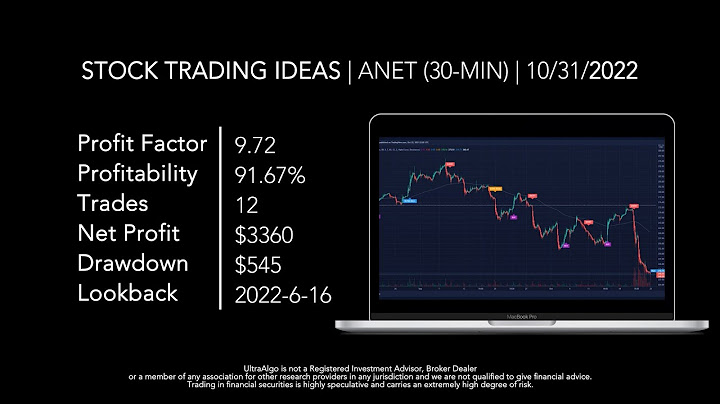Just to make it more clear how both the methods are different from each other, let us take a look at a tabular representation to understand it more neatly: Show
Given the differences, your research question will tell you which approach to use. If you have to explain the relationship between two things in your research question, then experimental design is more suitable. But if you have to predict or explain something deeply, then go for non-experimental design. Although, both of the approaches can be used for the same research question, if the problem looks something like “a researcher wants to know “what are the factors from today’s educational system that affects the children not being able to ace their practical lives as well.” A researcher may want to compare two variables and study their cause-effect relationships. Or the researcher may want to just observe those factors and how they affect the children in their natural environment. Based on the above scenarios, let us look at some examples for each of them: Example 1: How practical is the current education system? Here, you just have one variable “current education system” and you have to understand it to determine how practical it is for the kids. Example 2: Is there a relationship between the current education system and children’s ability to deal with the practicality of life? As you can see, there exist two variables, BUT the research questions are not concerning how either one of them affects the other. Example 3: Does a dyslexic child find it hard to deal with its practical life? Here, there are both independent and dependent variables, but neither can we manipulate the independent variable (a dyslexic child), nor can we assign random children to the experiment. Example 4: What is it like to be a dyslexic child in the current education system? Here, the researcher is only concerned about what a dyslexic child feels and goes through while adjusting to the currently fast running education system. There are three types of non-experimental design, namely:
It studies the experiment by comparing two already existing groups. This comparison is done at the same time. As it is a non-experimental design, it does not involve the manipulation of independent variables and does not assign participants randomly. Example: we want to compare the IQs of students who scored below 60% in exams with those who scored more than 60%. We will start the study on both of them at the same time. Also, we cannot randomly assign the students to their respective groups. Also, we will not consider changing the independent variable as we just want to get to know their IQs. Cross-sectional research can be further divided into: Descriptive- observation of values in presence of one or more variables. Causal- to explain the relationship between the existing various variables.
It is the most commonly used type of non-experimental design in the psychology field. It majorly focuses on the statistical relationships between variables and does not manipulate the independent variable. The researchers try to study the variables without controlling them and result in the relationship between them. Example: a researcher is interested in the relationship between a student’s reading habits and their concentration. This will need the researcher to gather the details about the reading habits among students and their ability to concentrate on a certain thing. This doesn’t involve manipulating any of the variables but just observing them and getting to the results. Both correlation research can be used in exchange for the cross-sectional research, but the difference is cross-section compares two pre-existing groups, whereas correlational research compares two continuous variables and no groups.
It focuses on observing the behaviour of the subject in its natural or laboratory setting. And obviously, it does not manipulate the variables as it just observes them. Example: a doctor observes the patient after his surgery. In this case, the doctor does not perform any medications or operations on the patient while in the observation phase. As most of the observational studies are qualitative, they are descriptive. In which nonA correlational research design investigates relationships between two variables (or more) without the researcher controlling or manipulating any of them. It's a non-experimental type of quantitative research.
What are the 2 types of nonTypes of Nonexperimental Research. Nonexperimental research falls into three broad categories: single-variable research, correlational and quasi-experimental research, and qualitative research.
What is a correlational nonCorrelational research is a type of non-experimental research in which the researcher measures two variables (binary or continuous) and assesses the statistical relationship (i.e., the correlation) between them with little or no effort to control extraneous variables.
What are the 4 NonNon-experimental research designs can be cross-sectional, longitudinal, correlational, or observational. Its main purpose is to be descriptive or describe situations or relationships. The researcher chooses to be descriptive, observational, finding a correlation, or even using surveys as the data collection method.
|

zusammenhängende Posts
Werbung
NEUESTEN NACHRICHTEN
Werbung
Populer
Werbung

Urheberrechte © © 2024 toptenid.com Inc.


















